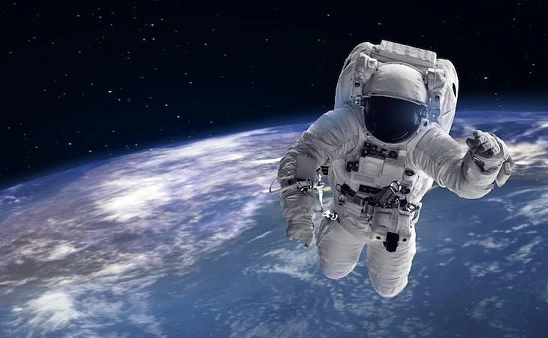
The length of time astronauts are supposed to spend in space depends on the mission type, goals, and specific spacecraft or space station involved. Astronauts typically spend about 6 months aboard the ISS.
Here are some general time frames for various types of missions:
1. International Space Station (ISS) Missions:
- Typical Duration: Astronauts typically spend about 6 months aboard the ISS. This duration is standard for most crewed missions to the ISS.
- Extended Missions: Some astronauts have stayed for extended missions, up to 1 year or even slightly longer, to study the effects of long-duration space travel on the human body.
- Purpose: The purpose of these missions includes conducting scientific research, technology testing, and studying the effects of microgravity on the human body, which is important for future space exploration.
2. Space Shuttle Missions (1981–2011):
- Typical Duration: Space Shuttle missions usually lasted anywhere from 7 to 14 days, with some longer missions reaching up to 17 days.
- Purpose: The missions focused on deploying satellites, conducting experiments, and building the ISS.
3. Apollo Missions (1969–1972):
- Typical Duration: The duration of Apollo missions was relatively short compared to modern missions, typically ranging from 8 to 12 days.
- Apollo 11 (1969), the first Moon landing, lasted 8 days.
- Purpose: The goal was to land astronauts on the Moon and return them to Earth. Later Apollo missions included more extensive lunar exploration.
4. Soyuz Missions (Russia/USSR):
- Typical Duration: Crew members aboard Soyuz missions to the ISS typically spend about 6 months in space, though short-term missions are also common, lasting about 2 weeks to 1 month.
- Purpose: These missions support the ISS and help with crew rotations and scientific research.
5. Space Tourism/Private Missions (e.g., SpaceX, Blue Origin):
- Duration: These missions, such as the SpaceX Crew Dragon flights or Blue Origin suborbital flights, tend to be much shorter. For instance, the SpaceX Inspiration4 mission in September 2021 lasted 3 days in orbit.
- Purpose: These missions are more about testing the capabilities of private spacecraft and providing space tourism experiences, as well as gaining experience for future long-duration missions.
Also Read : Sassa Grant Payment Dates 2025
Future Long-Duration Missions (e.g., Mars Missions):
- For missions to destinations like Mars, astronauts could be in space for 6 to 9 months each way, with a total mission duration of 18 months to 3 years depending on the mission design. These will be much longer missions and will require new technologies and strategies to support astronauts for extended periods away from Earth.
Summary:
- ISS missions: Usually 6 months, with some extended missions up to 1 year.
- Space Shuttle missions: Generally 7-17 days.
- Apollo missions: 8-12 days.
- Mars or other deep-space missions: Could last 1.5 to 3 years or longer.
Be the first to comment